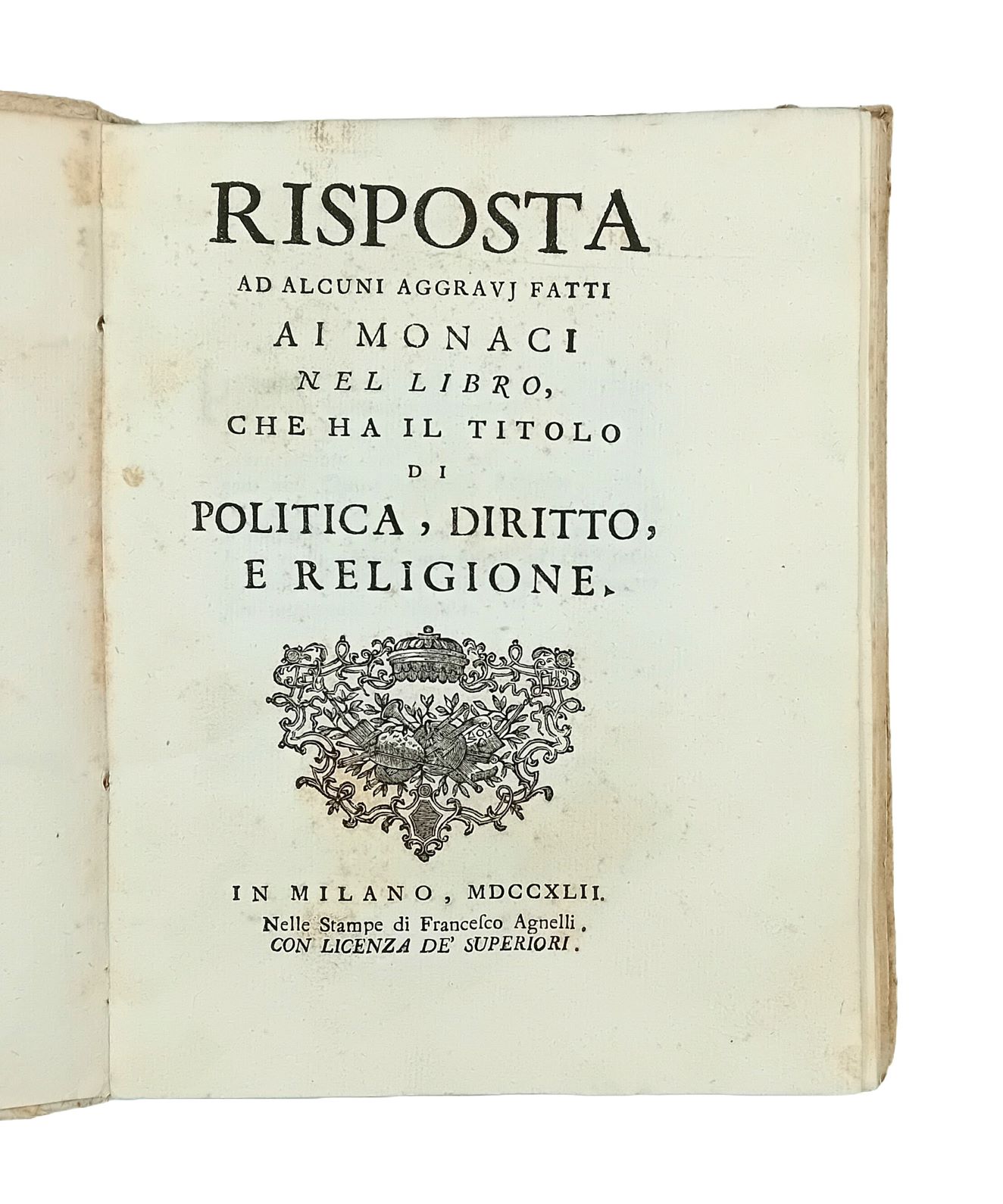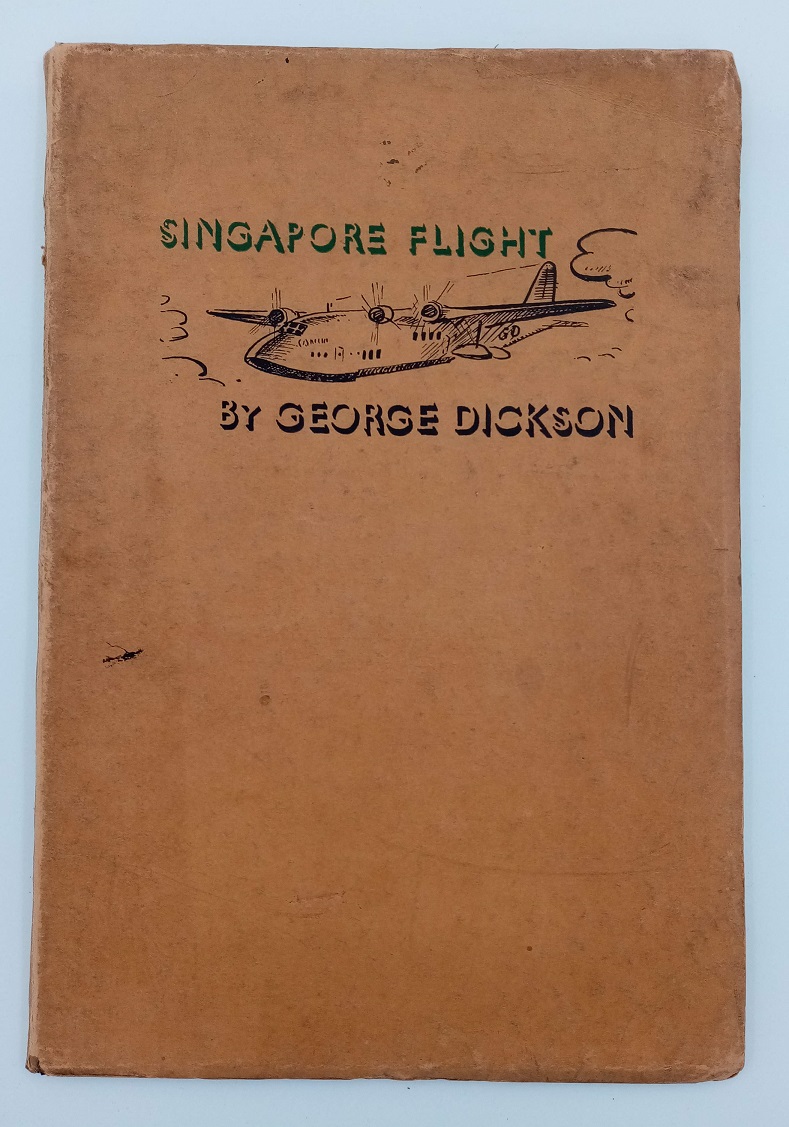[SINO-JAPANESE WAR, 1894–5.]
Punitive forces attacking Pyöngyang.
Tokyo, Tsujiokaya Bunsuke, Meiji 27 [1894].
Oban triptych (360 x710 mm); mounted.
Added to your basket:
Punitive forces attacking Pyöngyang.
First edition. The battle of Pyöngyang, 15 September 1894, was the second major land battle of the First Sino-Japanese War. In it, the town of Pyöngyang fell to the attacking Japanese forces who were then able to advance north to the Yalu River without opposition. Although the Chinese suffered heavy casualties, a fortuitous rain storm in the aftermath of the battle allowed the remains of their army to retreat safely to Wiju, a coastal town on the lower reaches of the Yalu River. In this woodblock triptych, a well-known painter of this popular art form, Toshihide Migita, illustrates the advancing Japanese forces standing steady in the face of a chaotic Chinese retreat.

